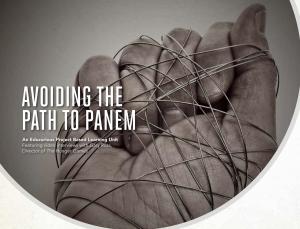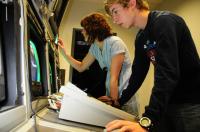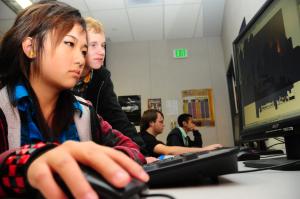
The Hunger Games Challenge: Avoiding the Path to Panem
In this project, developed in partnership between Educurious and ConnectEd, students use evidence from the Hunger Games novel and additional resources to infer what event or series of events might have led to Katniss's world (Panem) and make recommendations on avoiding a similar outcome for our world. Students write and present an argumentative essay which includes a call to action.






























